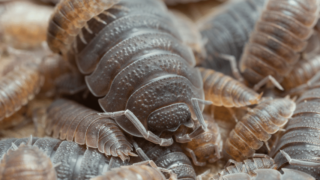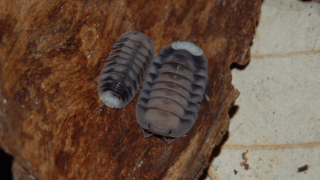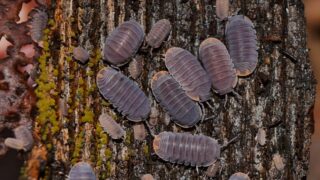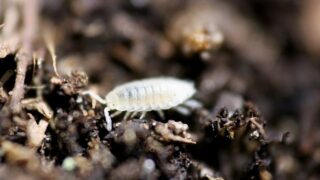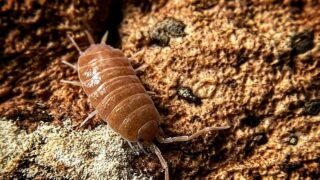Giant Canyon isopods are large and make for excellent pets. They can live in a wide range of setups and are more tolerant than most isopods you will find. As a result, Giant Canyon isopods are suitable for beginners. They can be bred easily, and you can attain success with primary isopod care. Giant Canyon …
Isopod
In 2017, the Rubber Ducky Isopod was discovered in Thailand’s deep and damp underground caves. Also trending by the word ‘Designer Isopod’, following the incredible finding of this comparatively new species. Isopods, also known as pillbugs, rolly pollies, woodlouse, potato bugs, or sowbugs, get their title from a Greek term that means ‘equal foot’. They …
Cubaris murina, also known as Little Sea isopods, has a translucent body with attractive embedded eyes. Taking care of Cubaris murina is relatively easy and simple compared to other isopods. Their breeding rate is very quick and impressive. Cubaris murina belongs to the family of Armadillidae and is also known as the little Sea Pillbug. …
Dwarf White are smaller, more docile types of isopods that like to spend most of their time burrowed underground. They are given the scientific name Trichorhina Tomentosa and don’t have any distinguishing patterns or colors on their backs. They’re known to originate from South America. An interesting fact about Dwarf Whites that makes them popular …
Powder Orange Isopods are a type of woodlouse that are fast-growing, quick to reproduce, and easy to maintain. Also known as Porcellionides pruinosus, these isopods originated from South Asia. They are sturdy, rugged critters known for their glossy orange coats, perfect for beginners managing ecosystems. They can survive in many different environments, including dry and …

